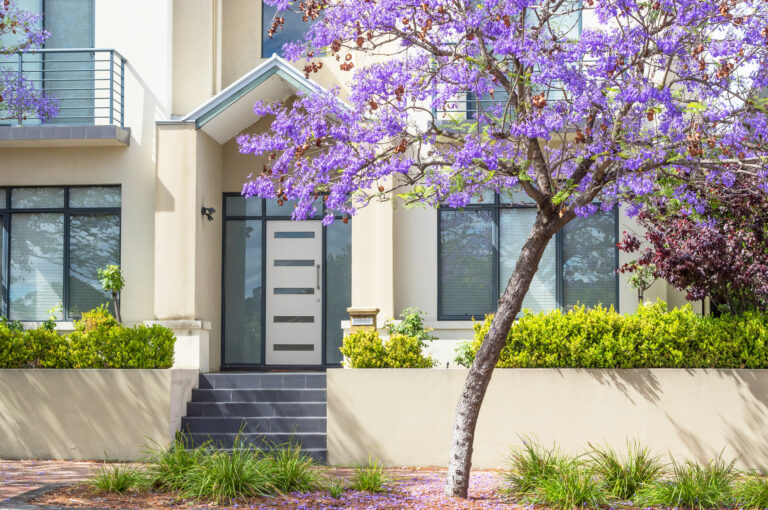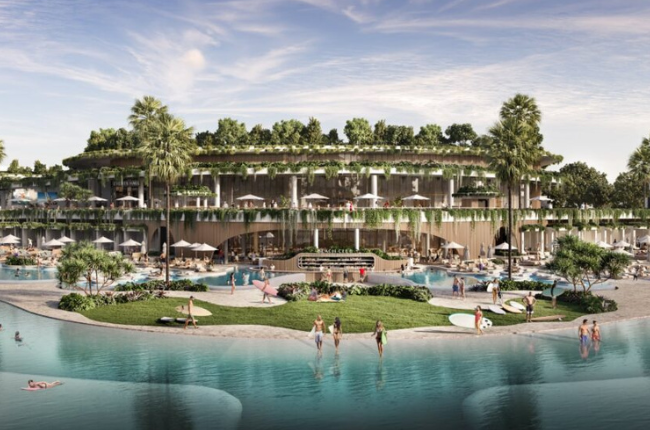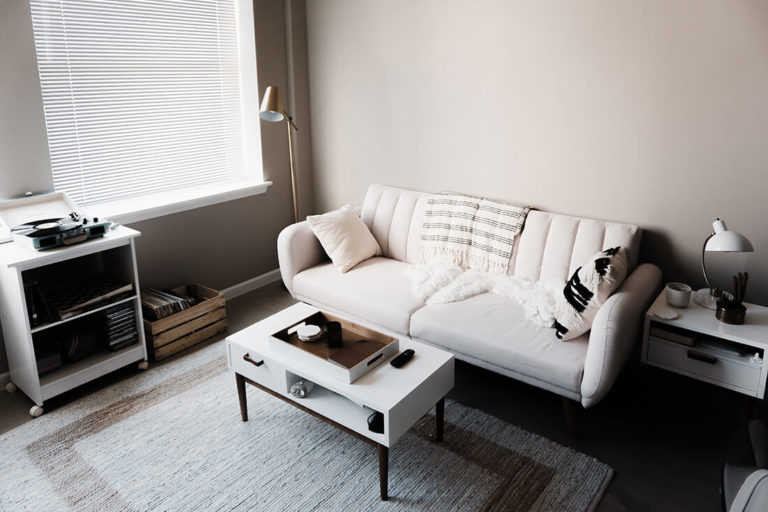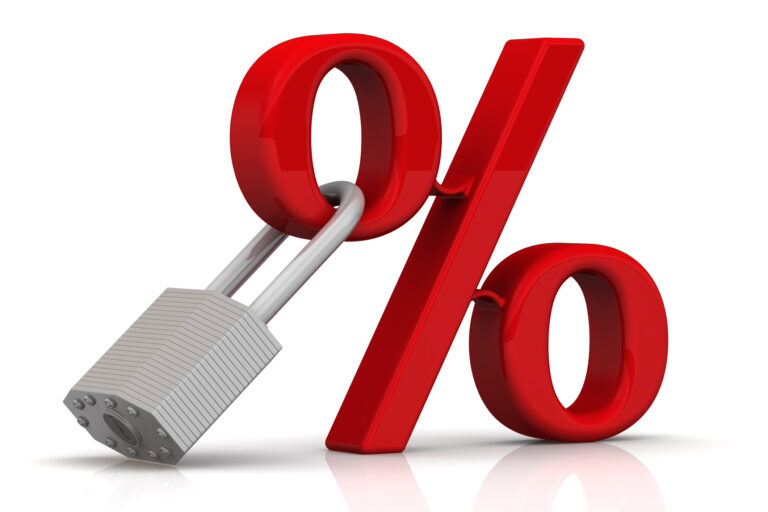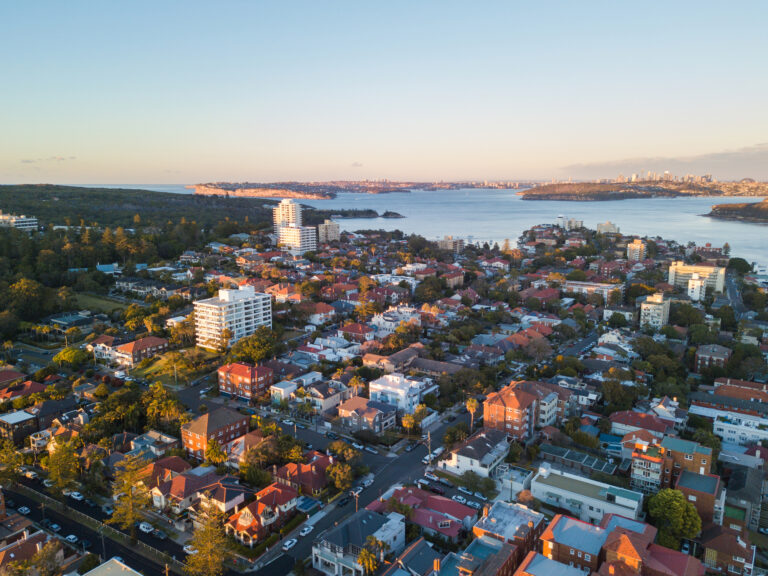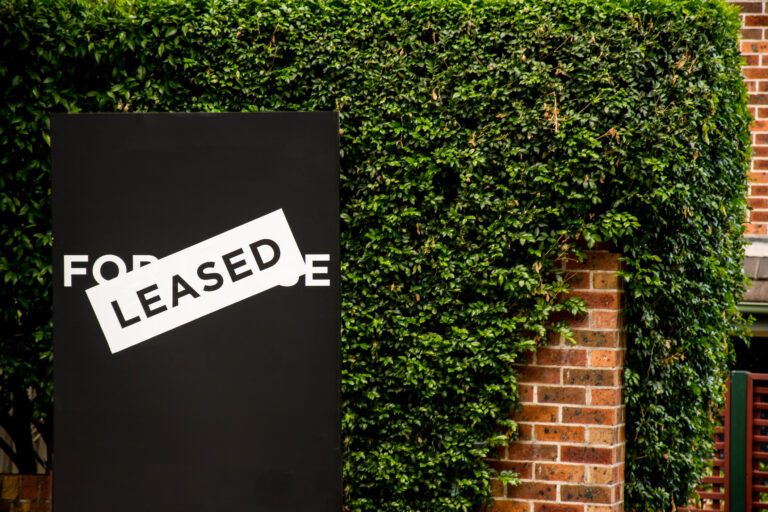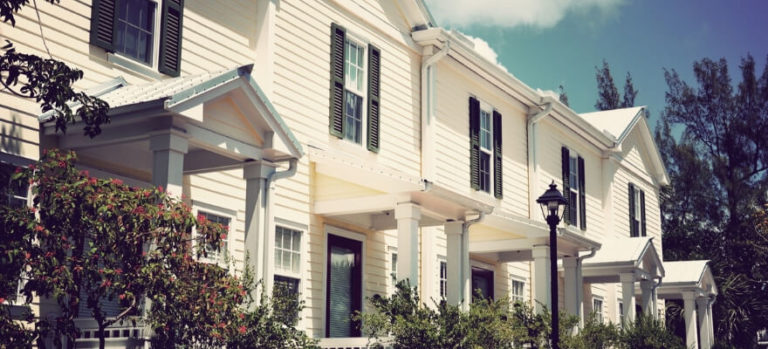GC Values Bounce Back
The Gold Coast and Brisbane property markets have already clawed back any losses they made in 2022, according to market analysis by PropTrack. Interstate migration to Southeast Queensland continues and property prices have increased as a result. Queensland attracted more interstate migrants in the year to March than any other state with Australian Bureau of Statistics figures putting net migration at about 31,000, people. PropTrack economist Eleanor Creagh says generally speaking, she expects to see price growth continue, especially in Brisbane and southeast Queensland. She says despite price rises they are still considered relatively affordable compared to southern states. “Brisbane and the Gold Coast have already reclaimed any losses incurred in 2022, and continue to record growth every month to hit new peaks,” she says. Creagh says on the Gold Coast, declining affordability is driving up unit values, with the top four suburbs for value growth being units in Southport, Molendinar, Ashmore and Parkwood.
Big Sales In Rob
The developer behind a $270 tower at Robina has created its own construction company to ensure the project is delivered. Andrews Projects will take on the construction of the 229-unit project on the Gold Coast. Sales manager, Sarah Andrews, says the project, Cascade, recorded the best pre-sales the company has ever achieved. “It is our strongest uptake before we started construction,” she says. “It’s on 1.2ha, the space itself is a large luxury, and the sad thing is we will never be able to get land like this on the Gold Coast of that size (again).” The developer will have a 25m resort pool, gym, sauna, cold plunge, steam room and onsite cafe. “The clients interested in this project so far have been a mixture of local and interstate buyers; they’re mostly owner-occupiers. we have had a strong uptake of doctors and nurses from the adjoining hospitals,” Andrews says. All villas in the project have sold off-the-plan for between $1.5 million and $1.6 million.
Quote Of The Week
“Granny flat developments leverage existing lot areas and require no changes to town planning regulation, so they of er a level of immediacy to address housing shortages and affordability pressures.” CoreLogic research director, Tim Lawless
New Price Highs Ahead
Economists are now predicting Australian house prices will reach new heights in November. National Australia Bank’s, Gareth Spence and Mark Browning predict major capital city prices will continue to rise. The pair say the biggest influence on prices is that supply remains depressed and demand strong. And in bad news for would-be home buyers, they say house price growth is staying ahead of income growth. CoreLogic data, backs the price growth theory, with increases across the capital cities in the September quarter. Australian Bureau of Statistics figures show Australia’s property market is now worth $10.1 trillion following the rise in home values. That’s a steep increase from 2015, when the residential real estate market was worth $6 trillion and a steady rise since hitting $9 trillion in October 2021. NAB believes the undersupply of property will get worse before it gets better. “Apart from the early COVID dip, annual dwelling approvals haven’t been this low since 2013,” it says.
Funding For More Builders
One of the most effective ways to help ease the housing supply crisis is to attract more workers to the building industry, according to the Housing Industry Association. It welcomed the announcement of a National Skills Agreement, which will invest $12.6 billion to expand and transform the Vocational Education and Training sector, to address critical skills shortages. HIA Managing Director, Jocelyn Martin, says if the industry is to build the 1.2 million additional homes the Government wants delivered in the next five years, more trained workers are needed. She says the funding will help train and upskill workers in national priority areas including construction. HIA chief economist, Tim Reardon, says there are four key steps to improving Australia’s housing shortage. He says Governments of all levels need to stop making new homes more expensive through taxes and levies, they need to attract more investors to the sector, increase skilled labour and co-ordinate action across all levels of Government.
Granny Flats The Solution
Fast-tracking approvals for Granny Flats could go a long way towards improving the housing shortage. A report from CoreLogic and Archistar Blackfort says if property owners are offered incentives, and the approvals process is sped up, more than 655,000 granny flats could be built throughout Australia. CoreLogic research director, Tim Lawless, says granny flats could be a cheaper way to deliver housing. “Granny flat developments leverage existing lot areas and require no changes to town planning regulation, so they offer a level of immediacy to address housing shortages and affordability pressures,” he says. “This style of accommodation can be prefabricated and put on site quickly, so it doesn’t have to go through the same timeline as a typical building project.” The report identifies 242,000 properties suitable for granny flats in Sydney, 230,000 in Melbourne and 185,000 in Brisbane. Benjamin Coorey of Archistar says in Canada, homeowners are offered a $40,000 loan that would be forgiven after five years if they build a “secondary suite”.


